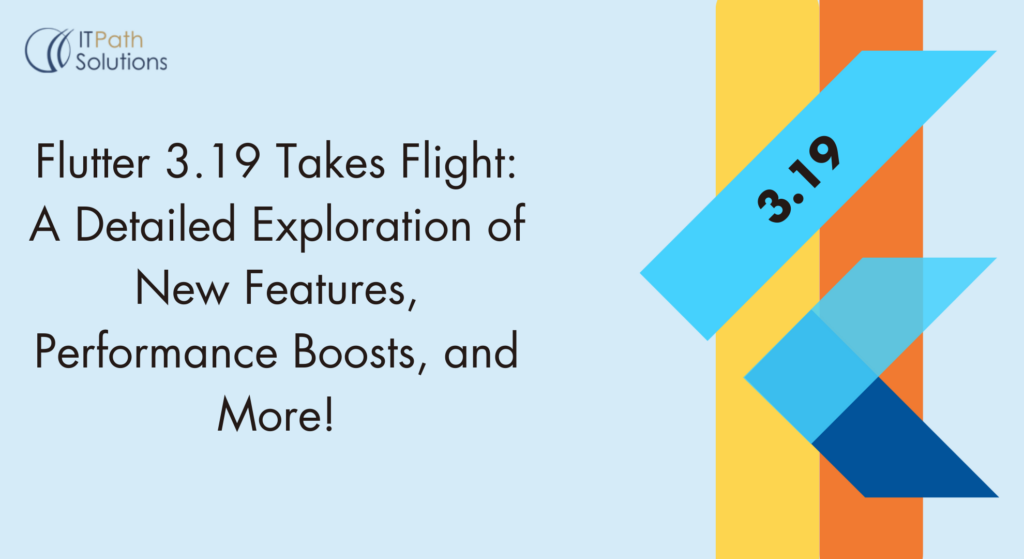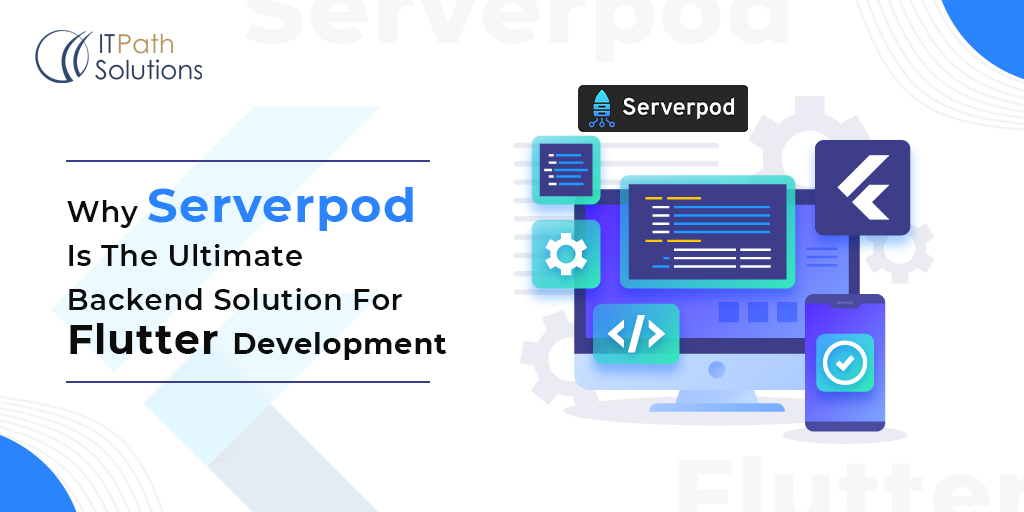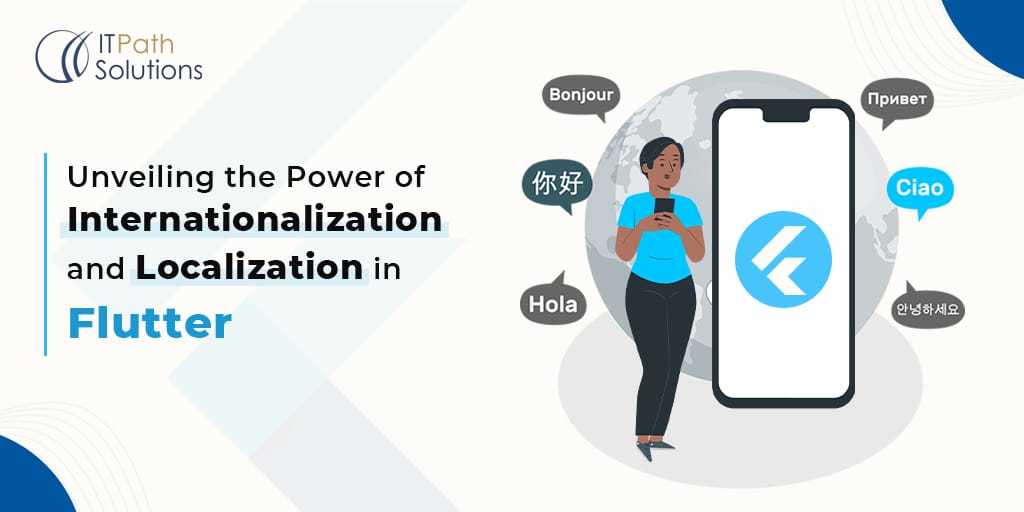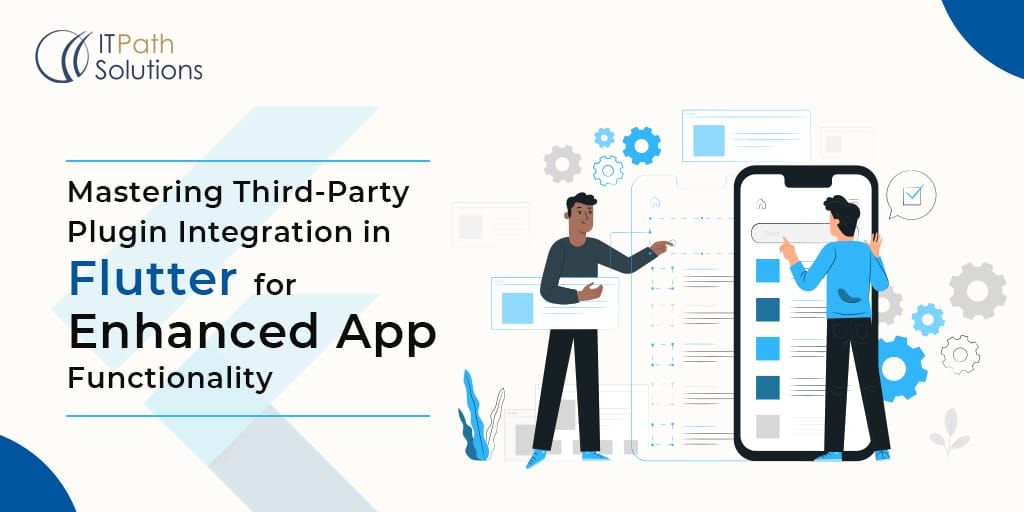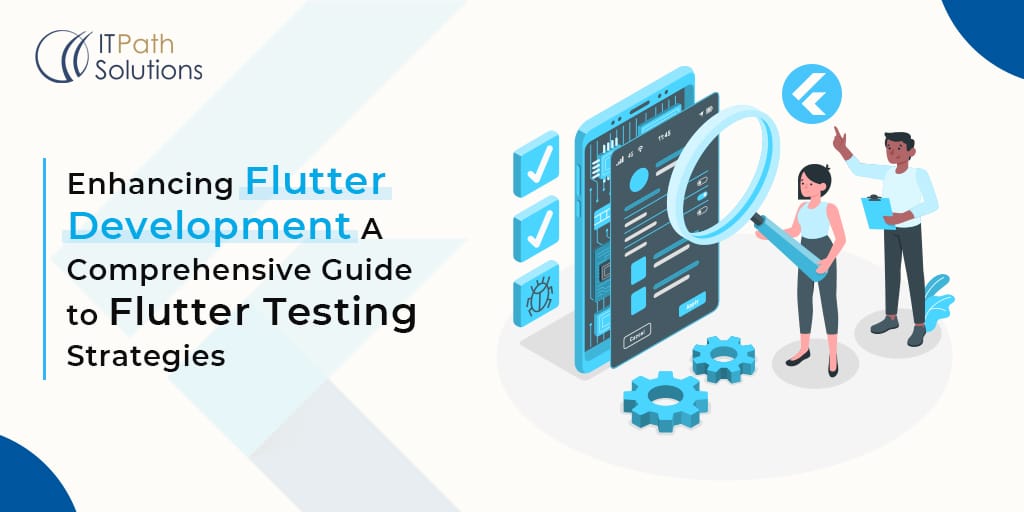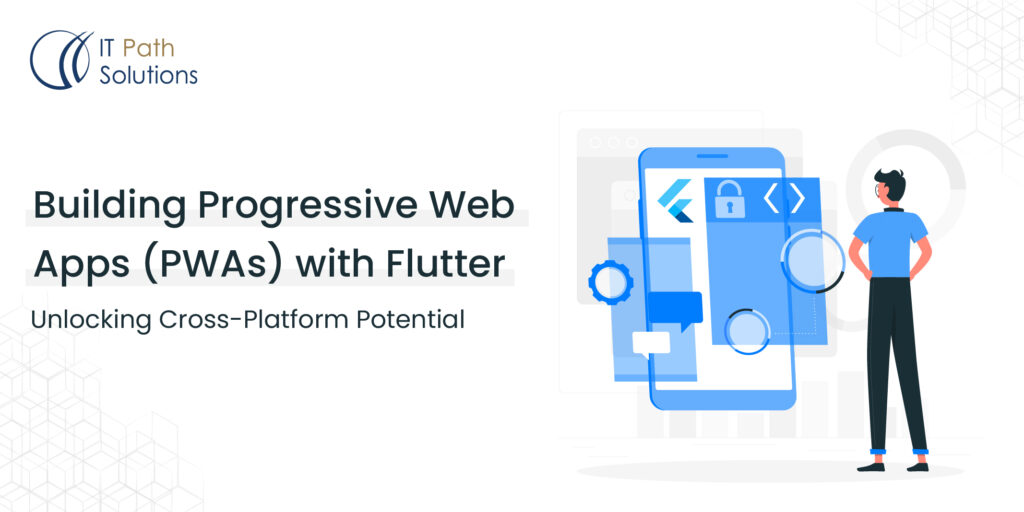Quick Tips to Improve Performance of Your Custom Flutter App
Flutter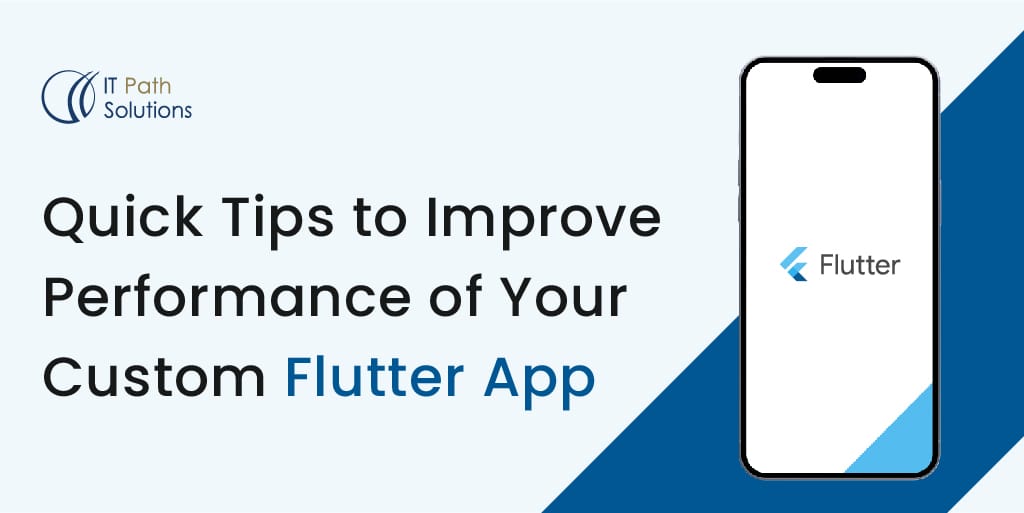
App performance is an important factor in any custom app development. When you need to undertake custom flutter app development, you also need to ensure that your app is robust, scalable and performs best for all the users.
One way to ensure the best possible app performance is to follow the best possible practices and methods for custom flutter app development. It is better to not let issues arise beforehand instead of fixing them when they appear later.
We will discuss some points on how you can optimize custom flutter app development to avoid any issues and provide a robust error free app from the get go.
Let’s discuss these points in a bit more detail.
Utilise Packages Effectively
Ideally developers feel a lot of pride in using their own code but when you are just focusing on delivering an MVP as quickly as possible, do use more packages and then subsequently replace them with custom code in subsequent iterations. This way you can speed up the development process, push out an MVP and keep using custom code for iterations and newer versions. This way you can push out an app faster, get feedback and make the requisite changes as and when needed.

Use build() Efficiently
For repetitive work avoid using build() frequently. build() will be reused again and again by older widgets so you will be left with either bugs or an application that becomes slow over time. As such try to use build() efficiently to avoid an entire widget reusing the build() function and slowing down the app massively.
Use Const for Widgets Whenever Possible
By using Const for widgets, you can make the widgets initialize at the time of compile instead of during runtime. This will save you time and make the app faster.
You can break down the widgets into smaller sub widgets and use Const wherever needed to activate the newly created smaller sub widgets instead of letting them use up memory during runtime.
Avoid Layout Passes Due to Intrinsic Passes
Constraints go down, while sizes go up and parents set position i the basic slogan of layout for Flutter.
Now sometimes, the layout process can be heavy. Many time s a second pass which is termed as an intrinsic pass is needed which can adversely affect performance.
Let’s say for example, you have a table where the first pass determines the ideal size as per the widget. Now there will be a second intrinsic pass to confirm the sizing of the cells to confirm the sizing.
Now to understand how many passes are being performed, all you have to do is to go to development tools and enable the track layouts option to know how many passes are being performed, they will be shown as “$runtimeType intrinsics”.
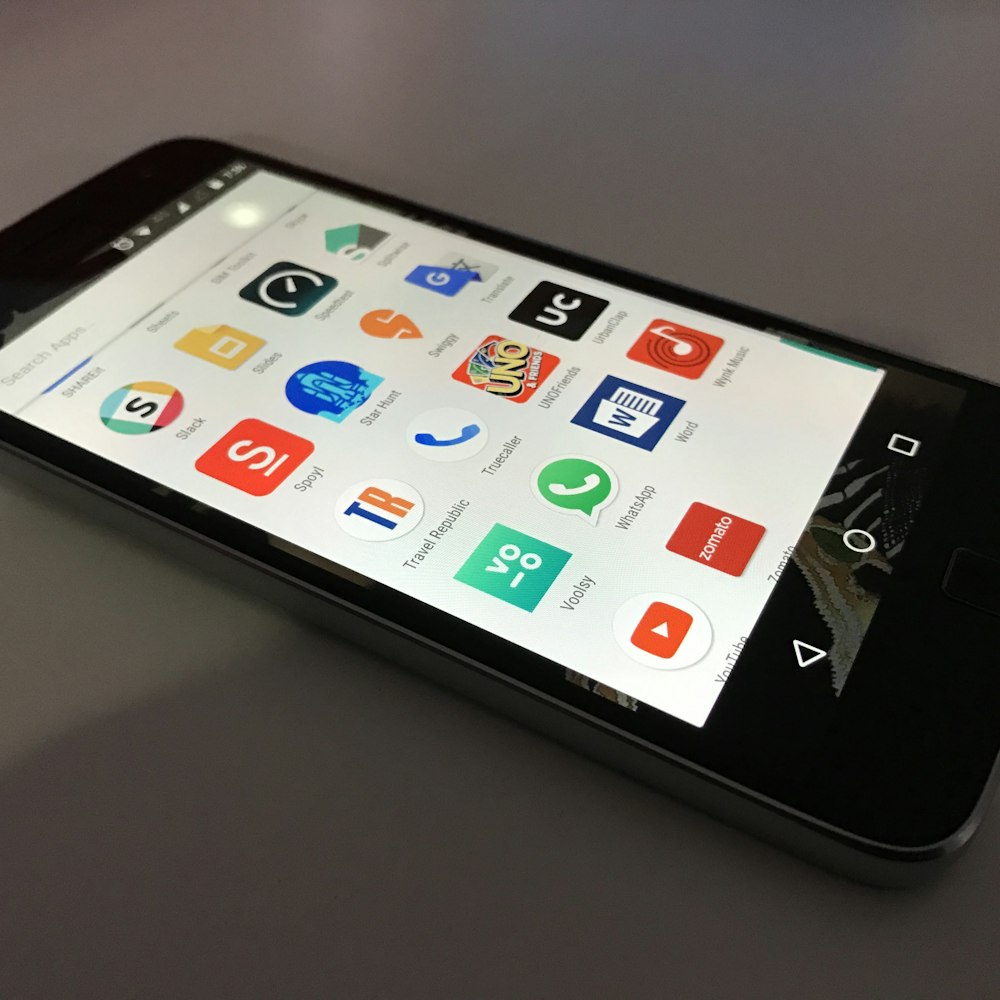
16ms for Frames
For a smooth transition and motion, the human eye needs to see at least 24 frames per second. Movies and TV shows use 60 frames per second for an even smoother viewing experience which translates to 16ms per frame. Now when you are having rendering issues, you can refer to the Skia rendering engine and see what is happening for quick lookup and error solving. With a lower frame you can save battery and improve mobile performance so always try to strike a balance.
Be Mindful of Opacity Widget’s Impact
When you use an Opacity widget, entire frames and subframes get rebuilt which causes the app to go ahead and rebuild the entire frame and slow down the app repeatedly. You can opt for FadeTransition instead for a lower memory impact.
Focus on Loading Images
Many times your images can take a lot of time to load and slow down the app and impede your app’s UI/UX experience. So what you can do is to use precacheImage() sparingly as it doesn’t hold a lot of images in cache. With this feature you may see a drastic improvement in the time taken to load your images.
Focus on Optimising Application Size
By using multiple packets and widget to create the app you might end up increasing the size of the app and make the app slow and bloated. What you can do is to use the feature of Flutter that is Gradle to reduce the application size to its optimum size.
Conclusion
To build a fast and effective Flutter app you can use these strategies to optimize your custom Flutter app development. There are multiple points to keep in mind and you need to focus on both performance and optimization. Focus on creating an MVP that can be improved with newer and newer iterations. However you need to use the help of experts to build your first MVP that can be a success on the launch itself. Do drop us a line to consult our custom Flutter app experts.
 Healthcare
Healthcare  Education
Education  Real Estate
Real Estate  Logistic
Logistic  Fitness
Fitness  Tourism
Tourism  Travel
Travel  Banking
Banking  Media
Media  E-commerce
E-commerce  Themes
Themes
 Plugins
Plugins
 Patterns
Patterns
